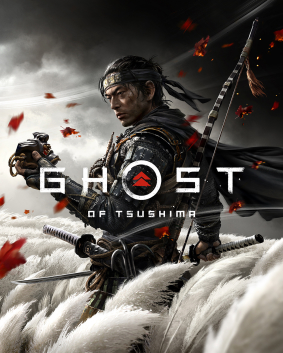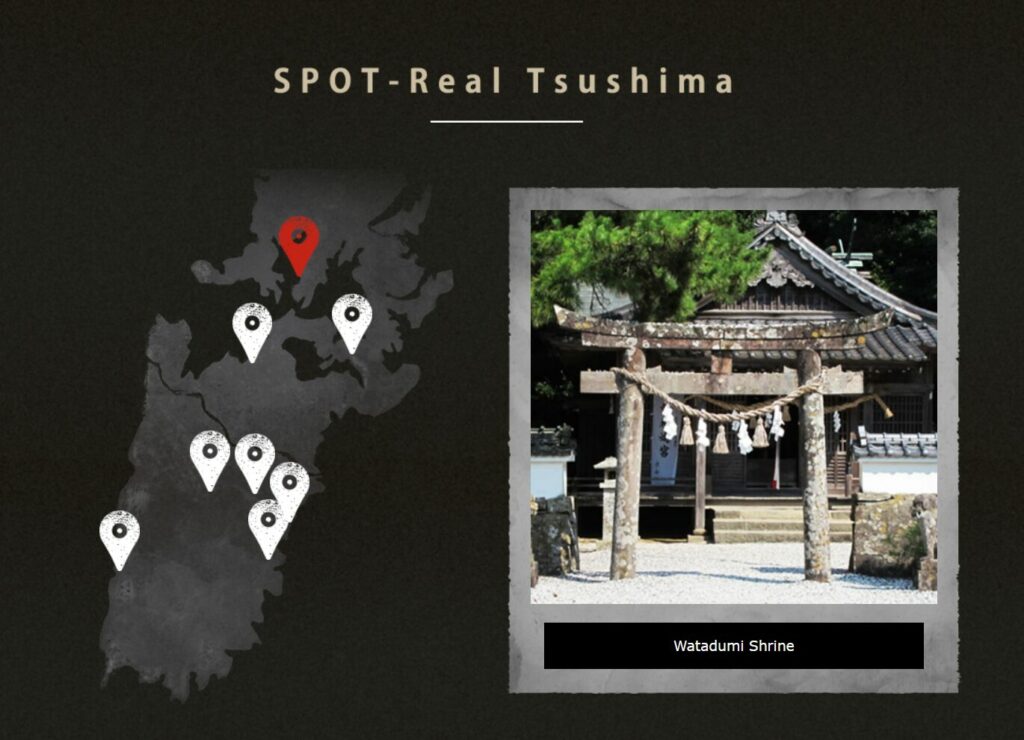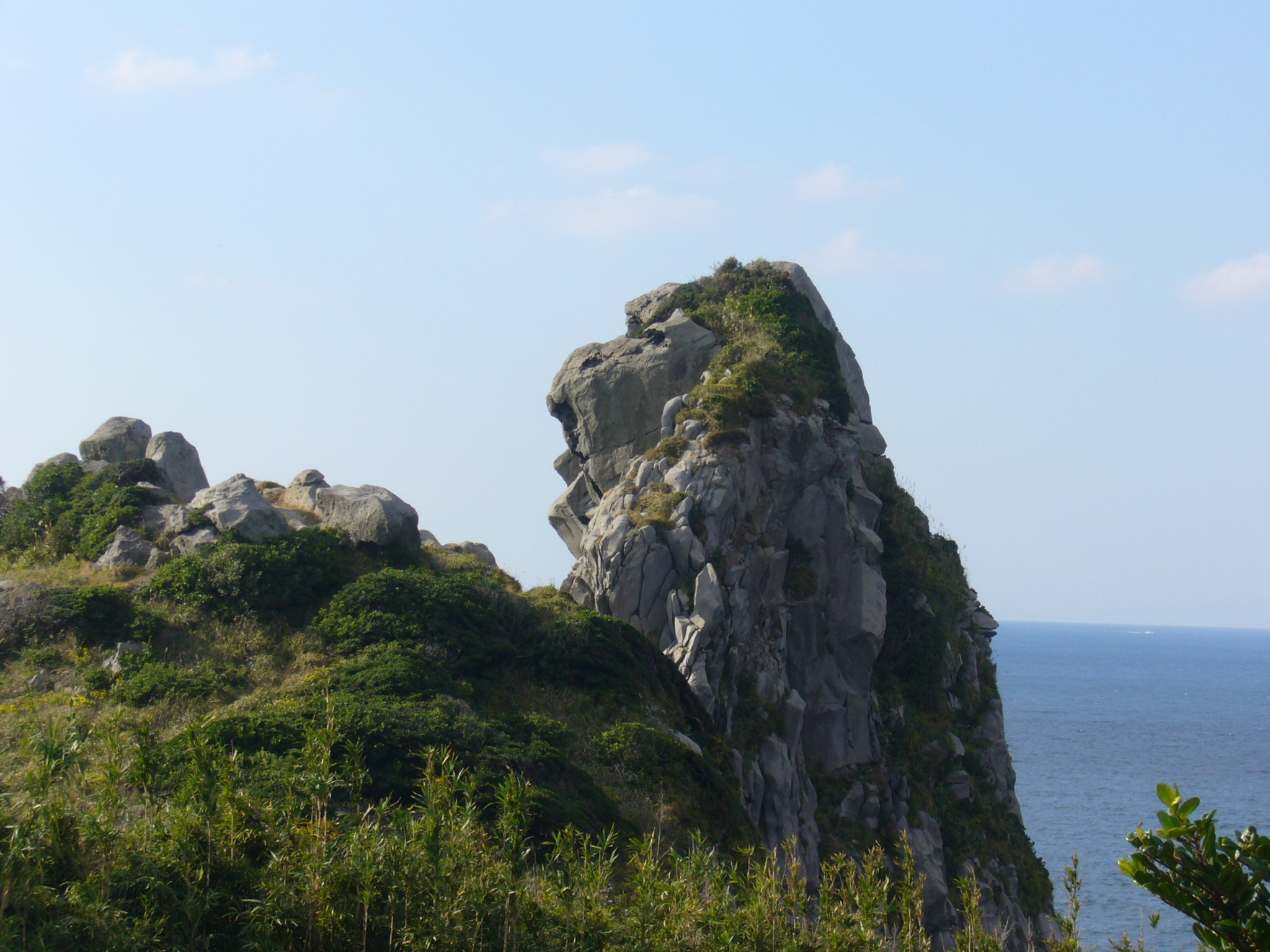
Ghost of Tsushima is a game developed by Sucker Punch Productions and published by Sony, initially for the PlayStation 4. It takes place in 1274 on the island of Tsushima in Japan. The player controls the fictional samurai Jin Sakai, as he fights back against a Mongol invasion via increasingly asymmetric means in an attempt to liberate the island’s inhabitants from the conquerors and rescue his uncle.
Despite bearing the general shape of the real island of Tsushima, the flora, fauna, and geography of the game’s depiction over-exaggerates the diversity of the island’s climate to present a more dense, stunning, and appealing game world. Some key locations like Komoda Beach and some mountains and shrines can be found in real life, but many others were invented by the game designers to fill out an open-world experience. Looking past the creative liberties taken in the environmental design, Nagasaki Tabinet presented a collaboration between the game and Tsushima City, the largest on the island.

Sucker Punch has made it clear across interviews and developer logs that the spirit of Ghost of Tsushima is not intended as a directly historical encapsulation of the true Mongol invasion of the island in 1274, during the midst of the Kamakura shogunate. Accurately depicting this time period would mean exchanging katana for tachi, haiku for waka, seiza for sitting cross-legged, and recognizing the anachronism of Jin’s internal struggle with Bushido in an era where nobles embraced utilizing any competitive edge, as flatly promoted in The Art of War.

Instead, Tsushima depicts a world more closely inspired by the armor, weapons, ronin, gunpowder, warrior monks, and ninja stealth techniques of the Sengoku period samurai class. This episode of historical japan more easily recognizable to a Western audience, a choice that also draws on inspiration from Jidaigeki, Usagi Yojimbo, and Akira Kurosawa films. The developers went as far as to include a Kurosawa-inspired post-processing mode, with artificial film grain, an altered sound stage, and a harsh black-and-white filter. Cleverly, all the elements needed to progress through the game are persevered even with the grayscale look.
Even though the Sengoku period was 200 years after the Mongol invasion, without including these classic trappings associated with the Samurai, players would likely feel robbed from an experience matching how Tsushima was advertised: the ultimate samurai combat and stealth sandbox, doubling as a next-gen screenshot simulator. Presenting this film-like and vaguely “authentic-feeling” Samurai sandbox is where Sucker Punch’s choice to stick heavily to creative license truly succeeds.

